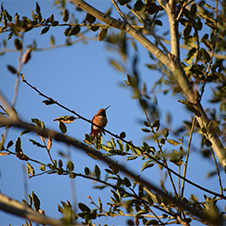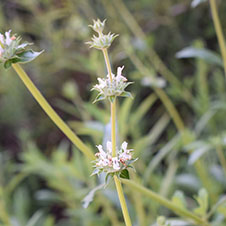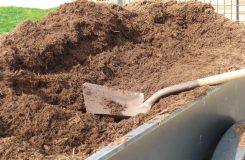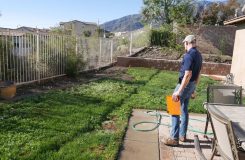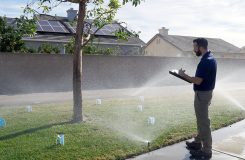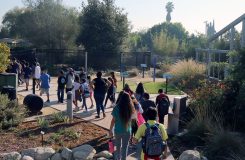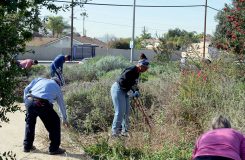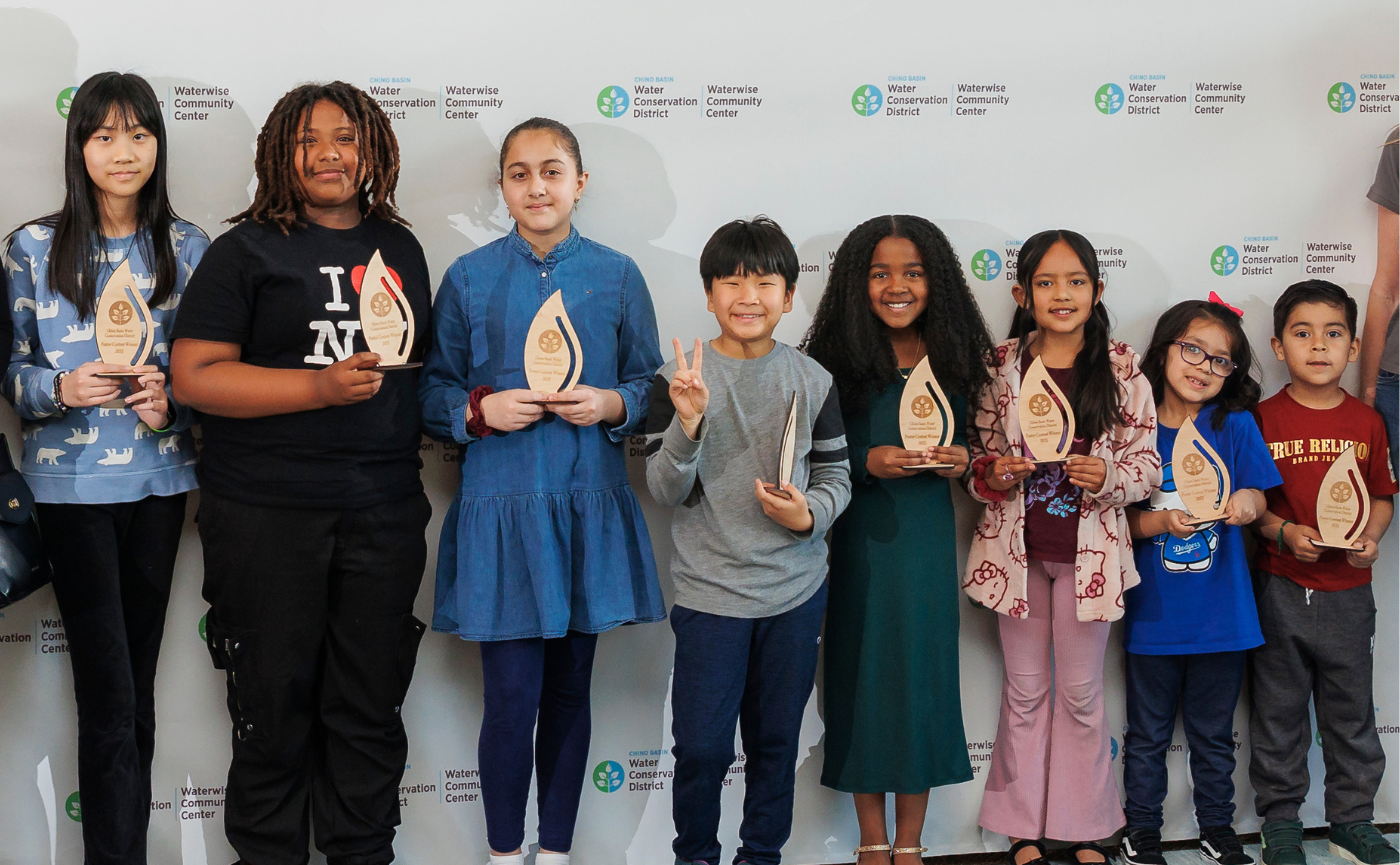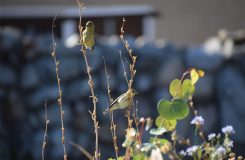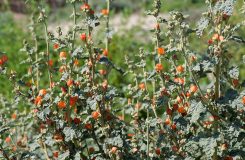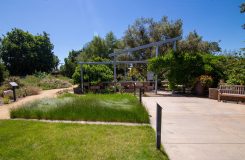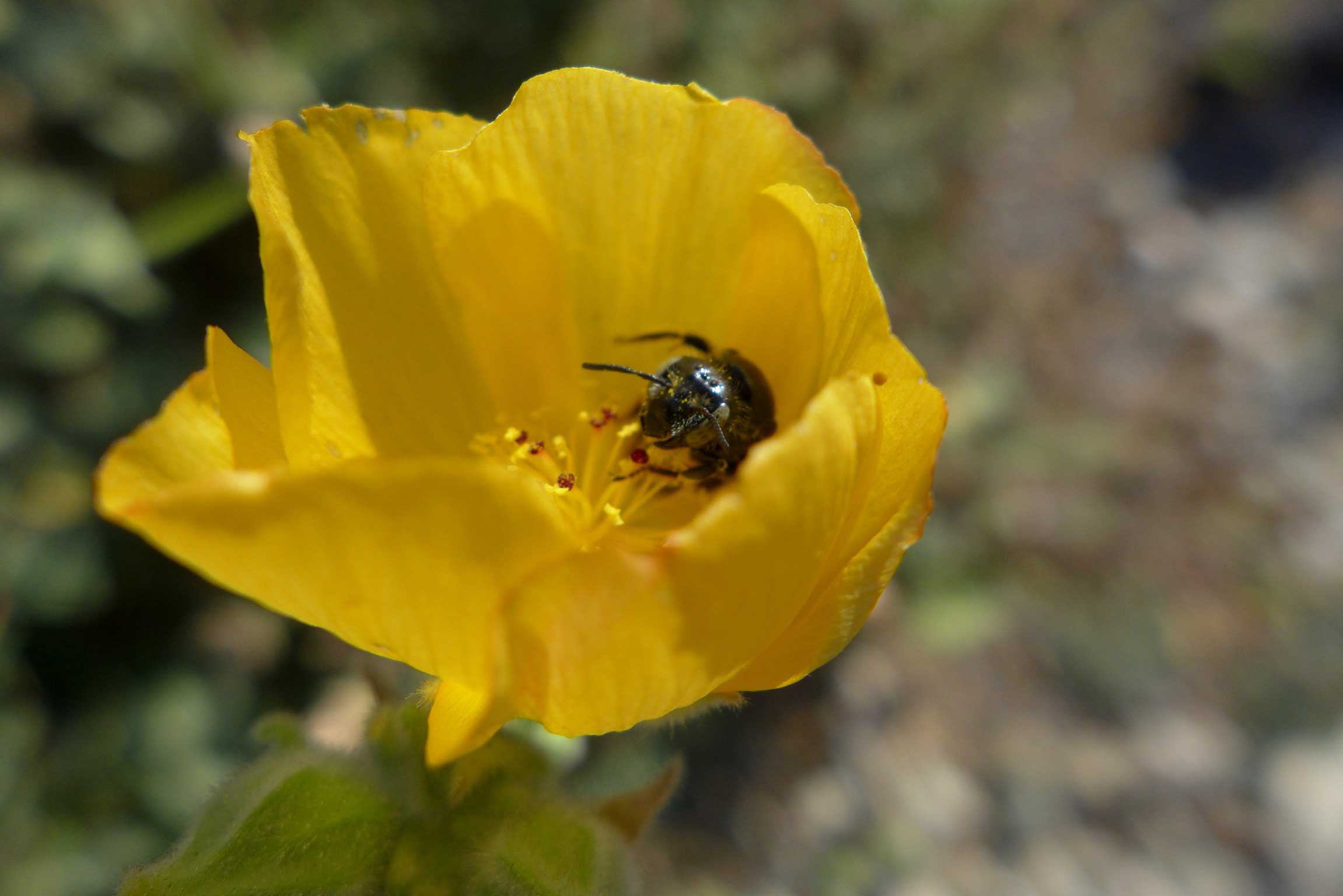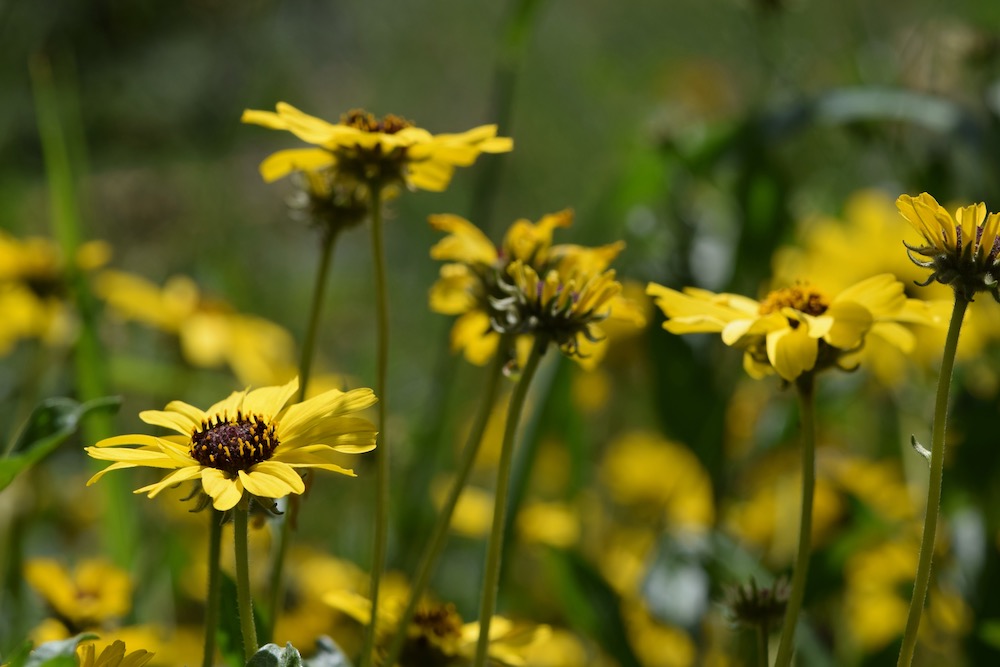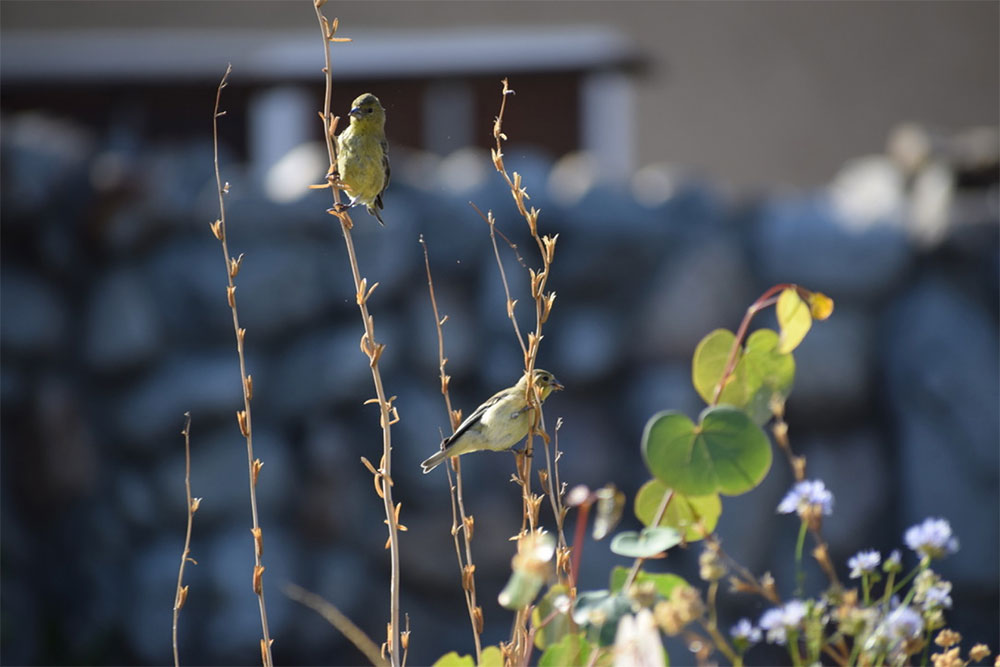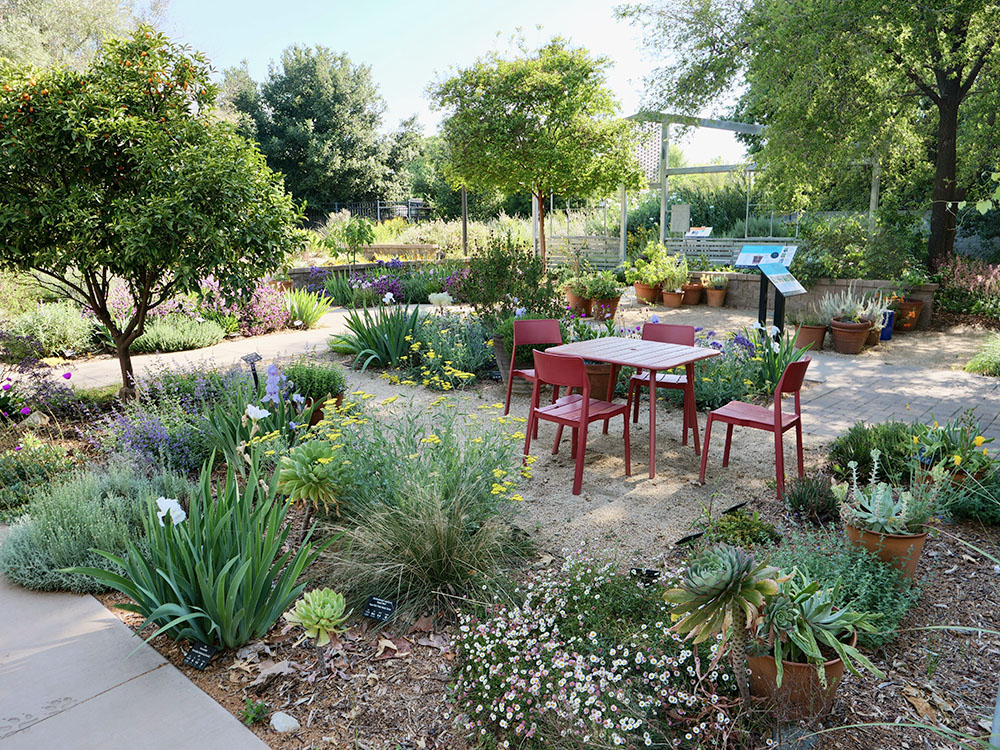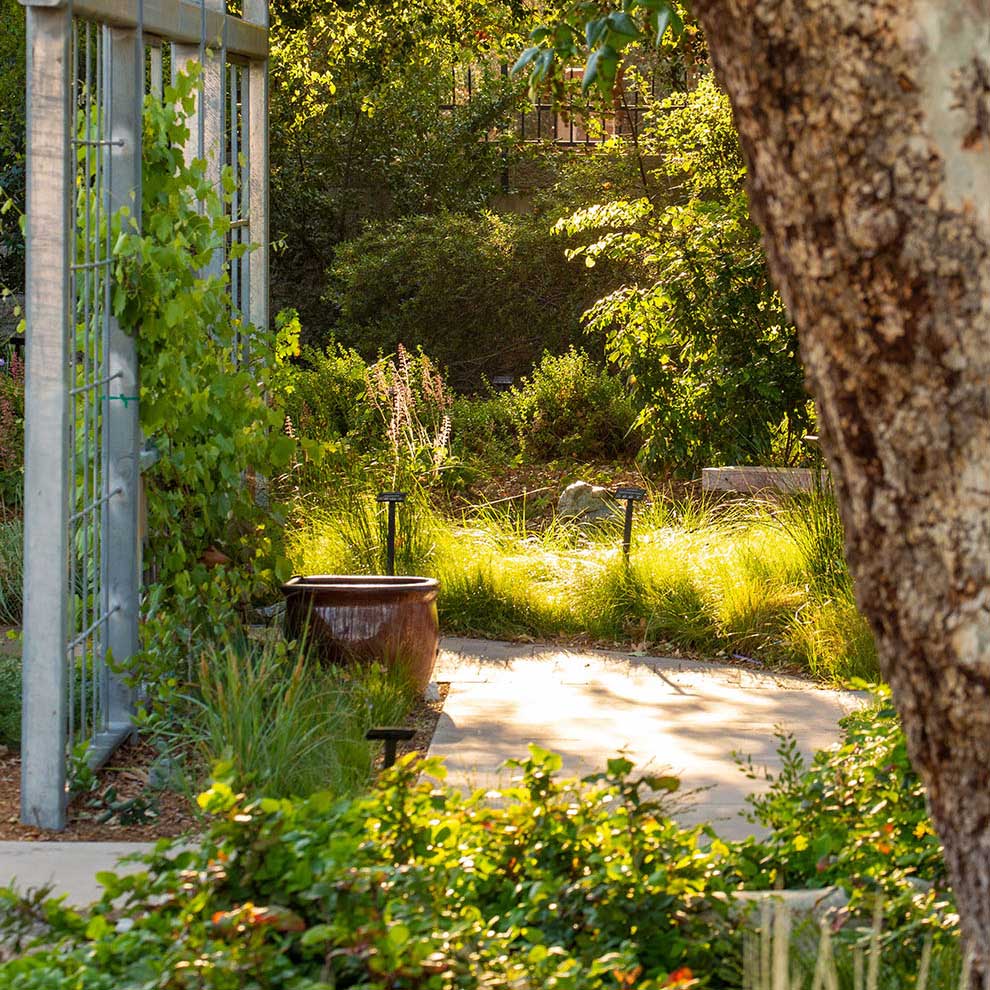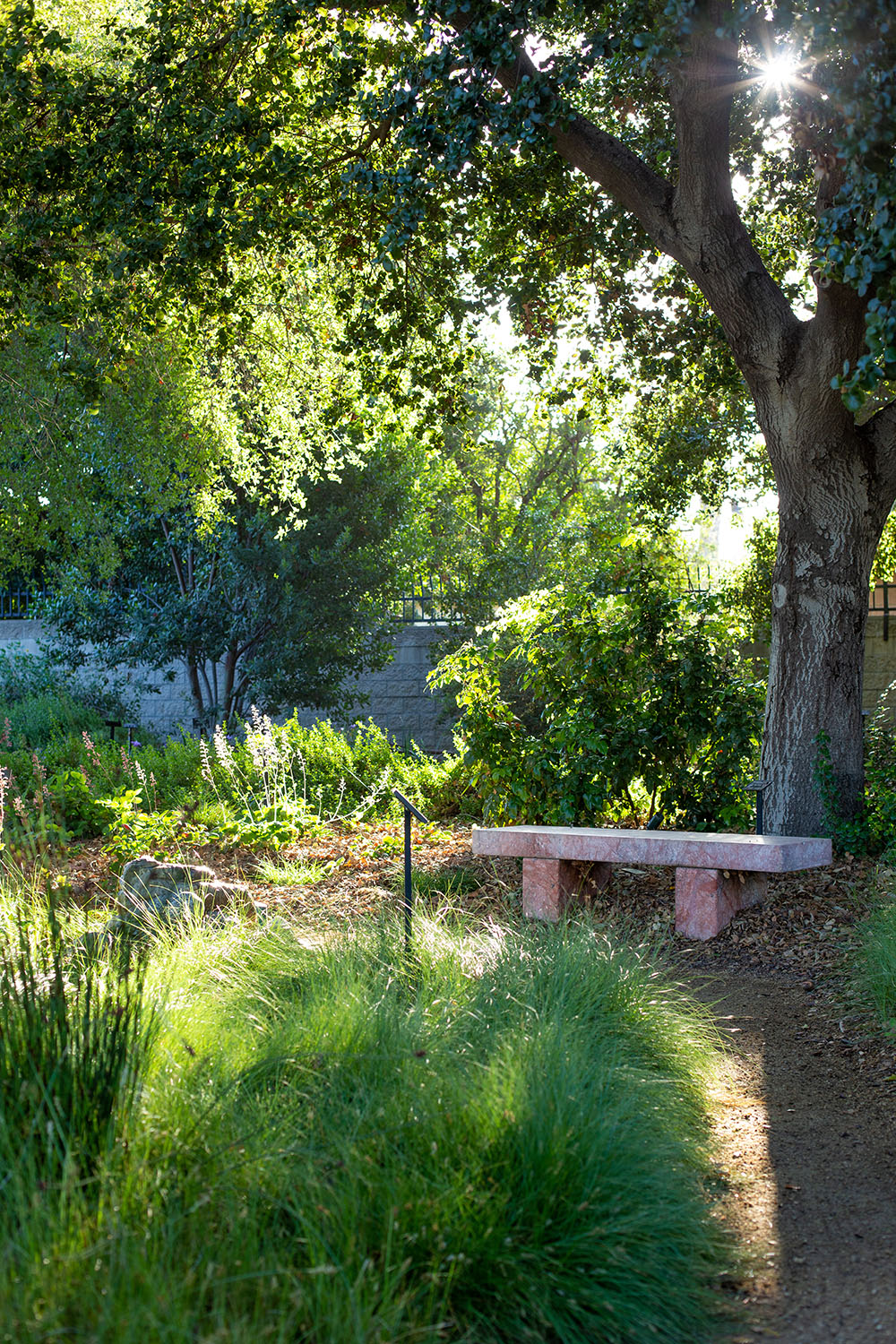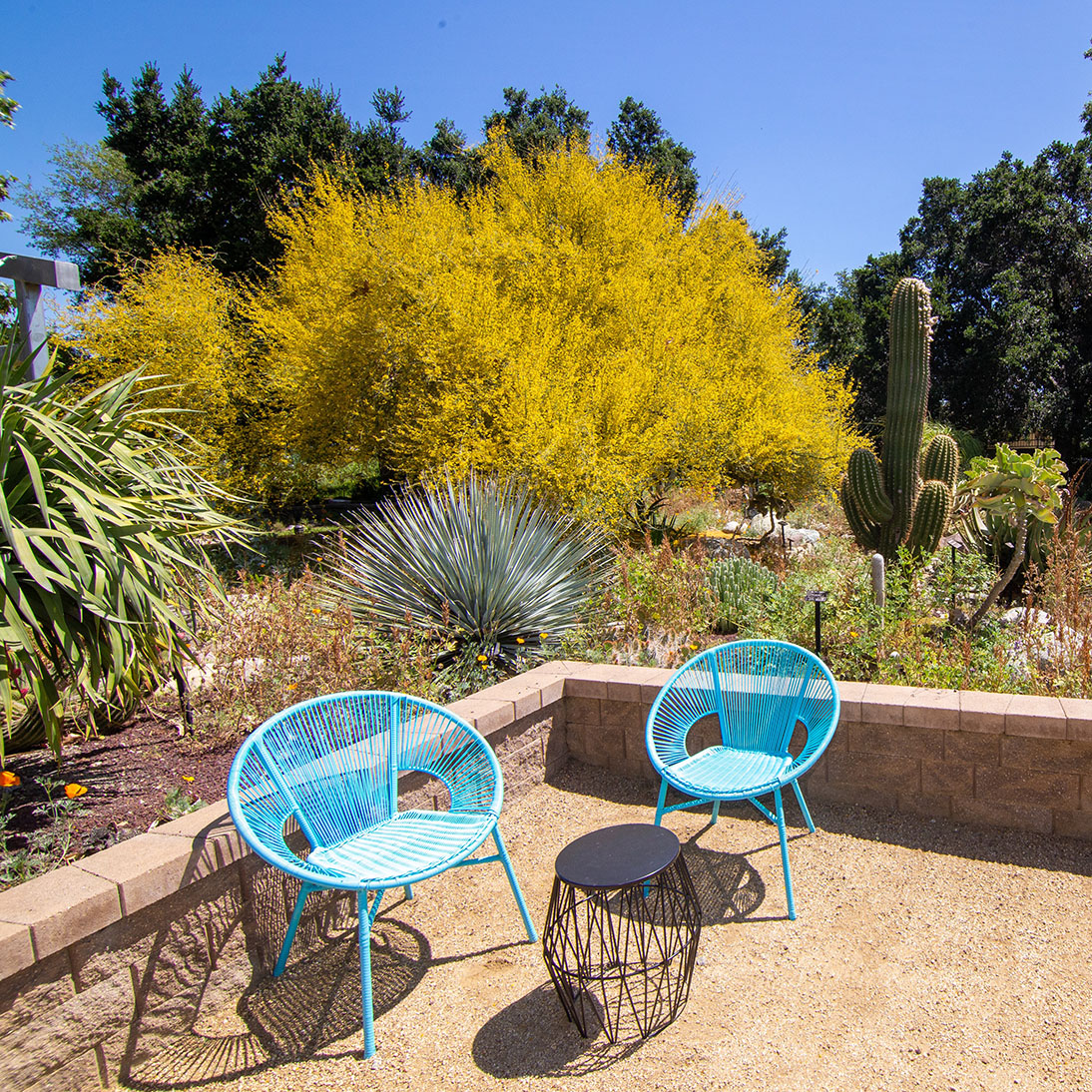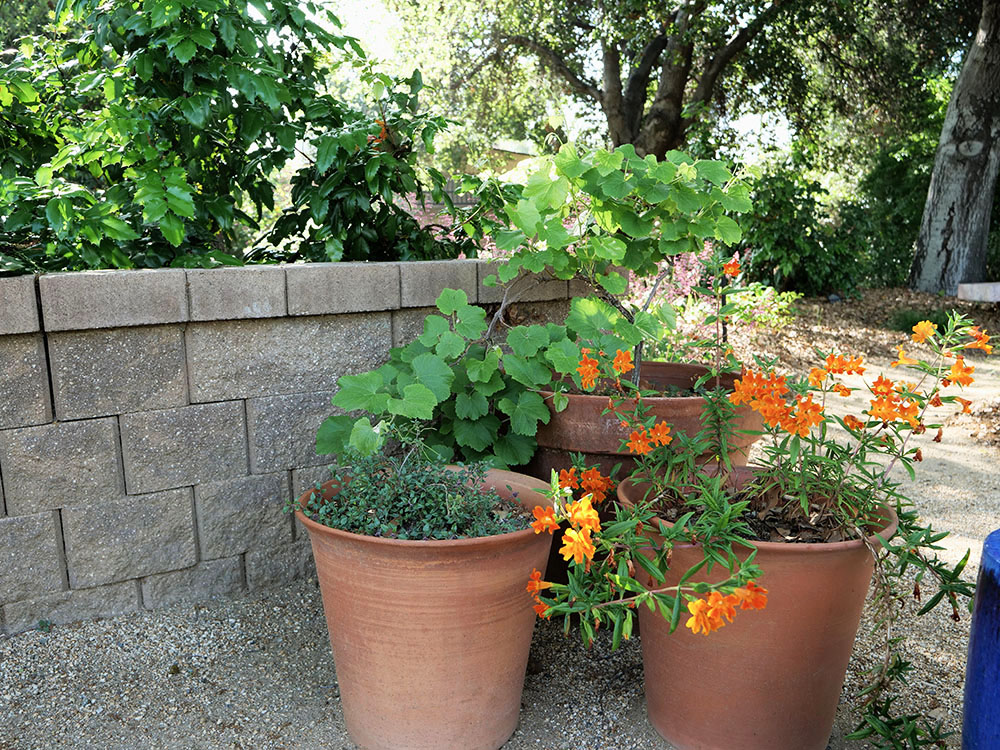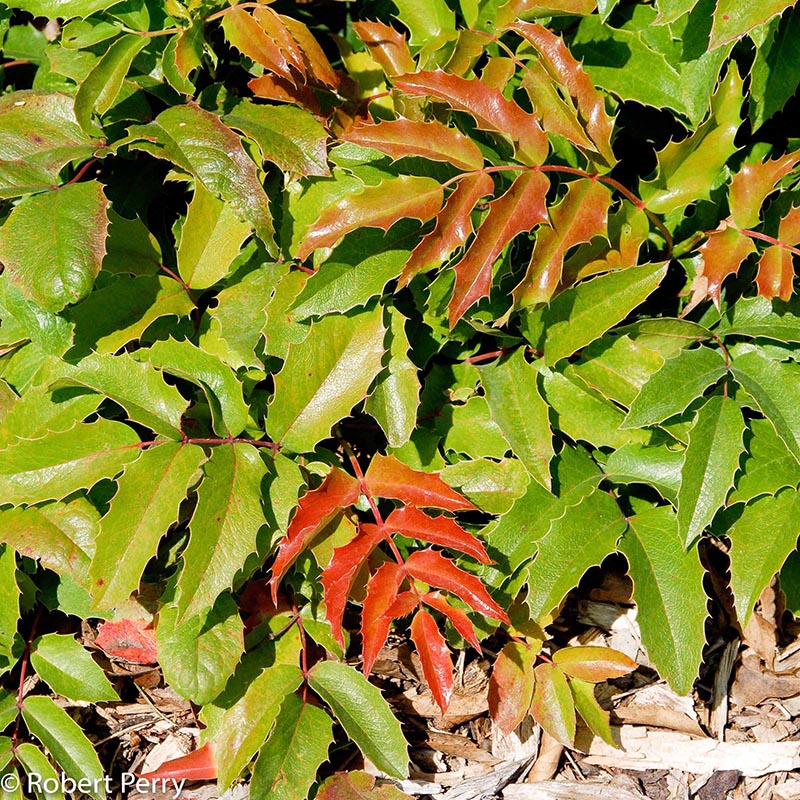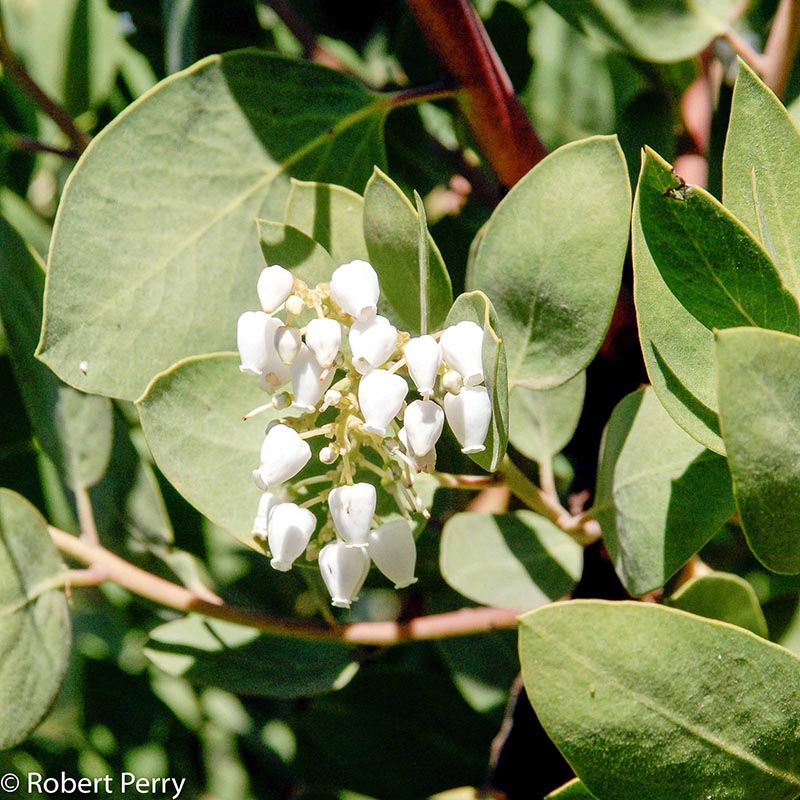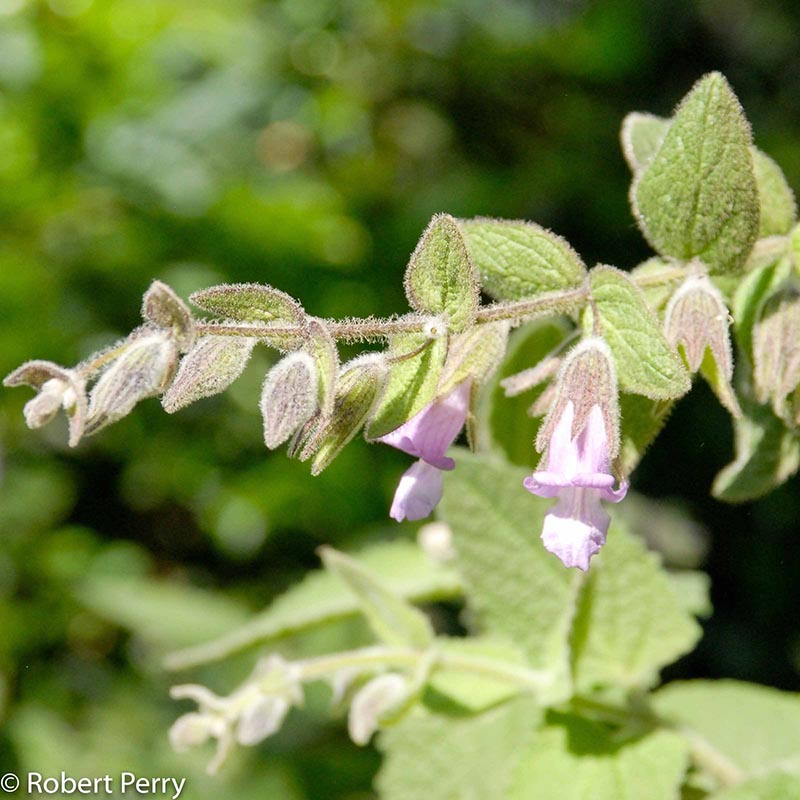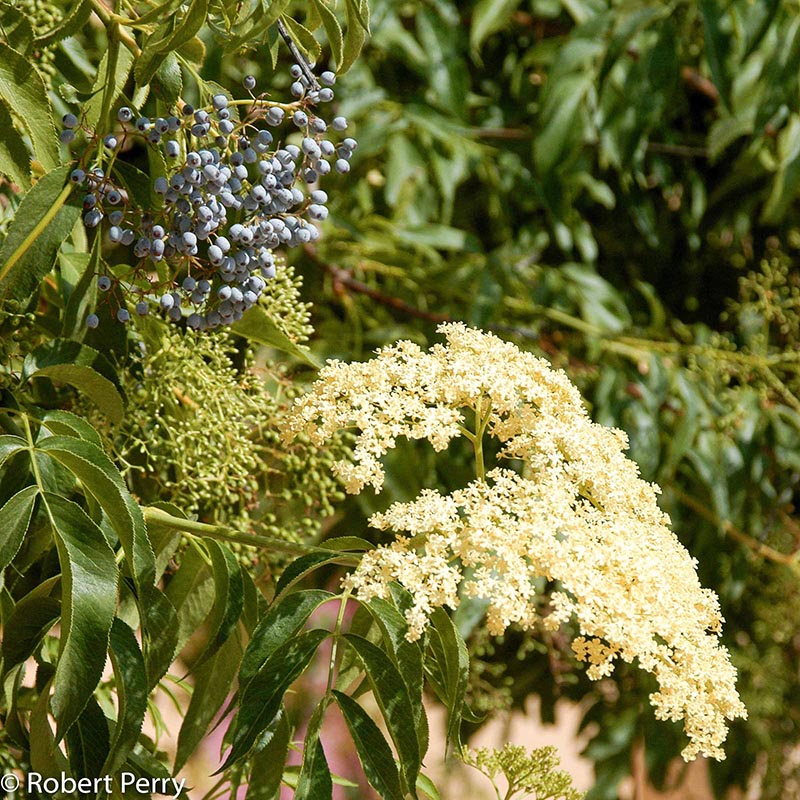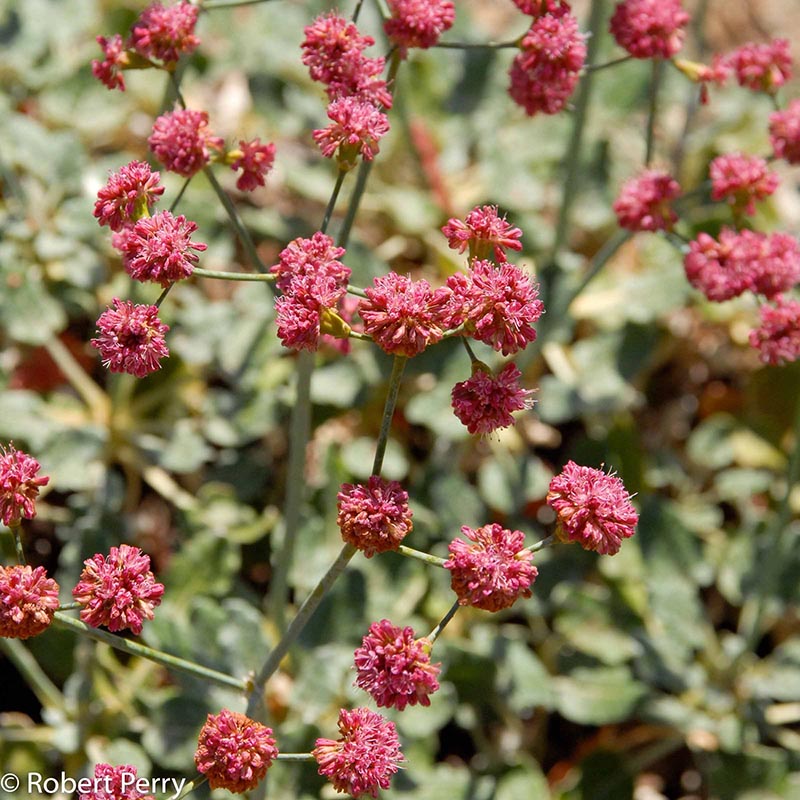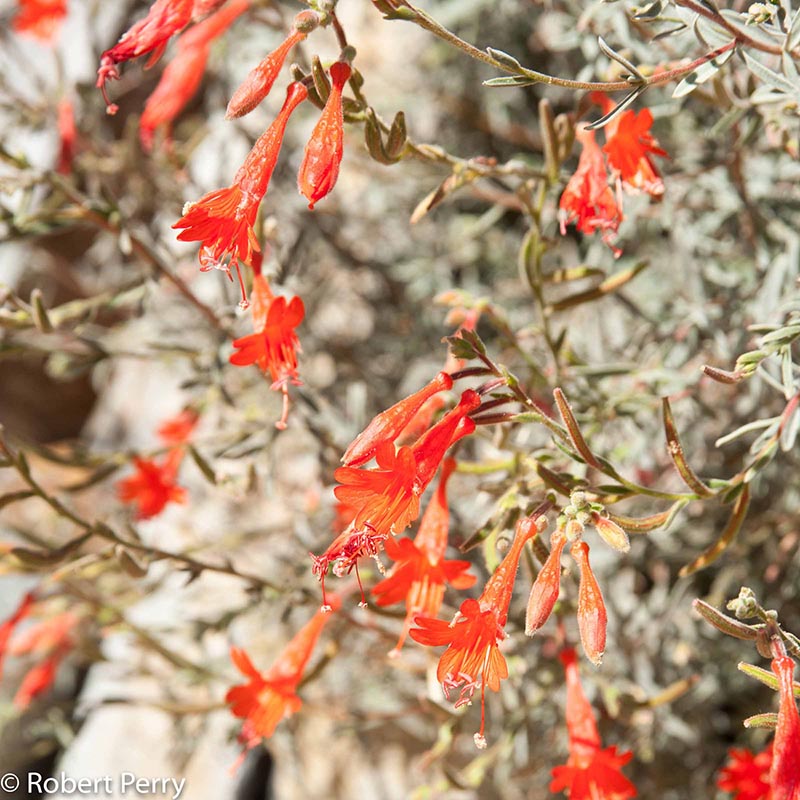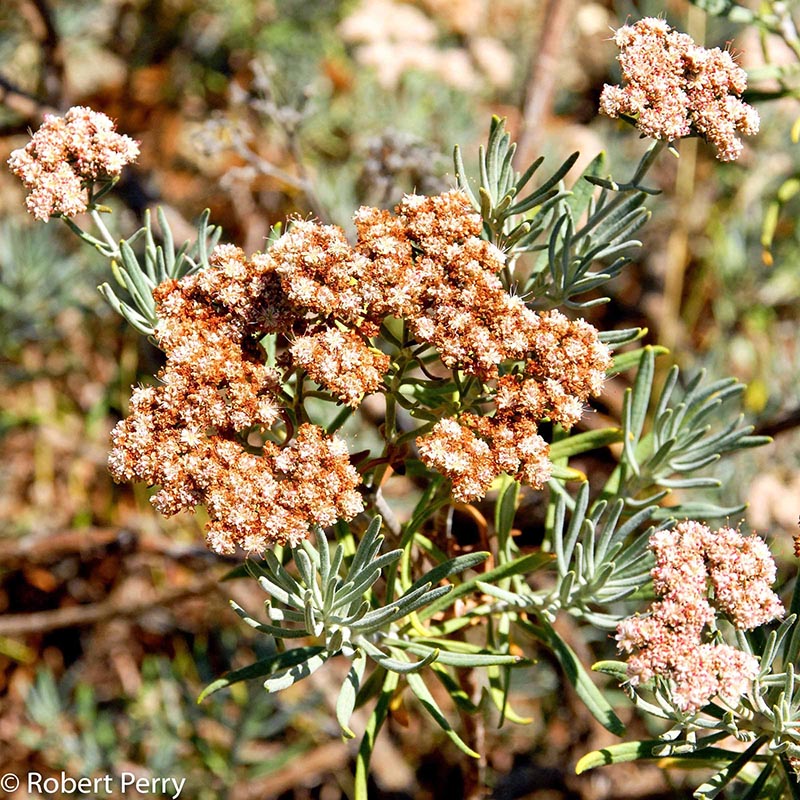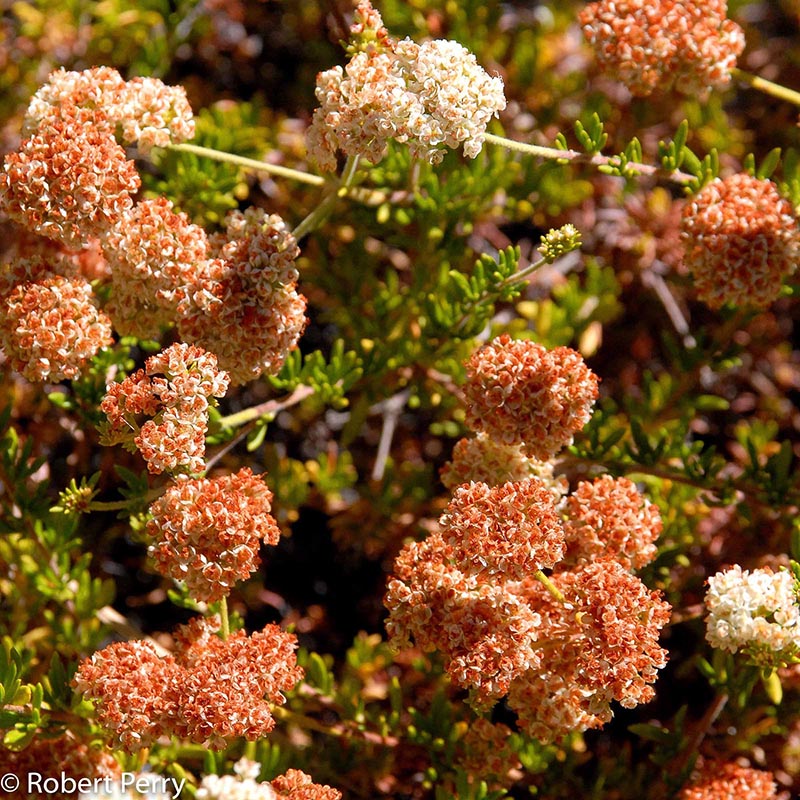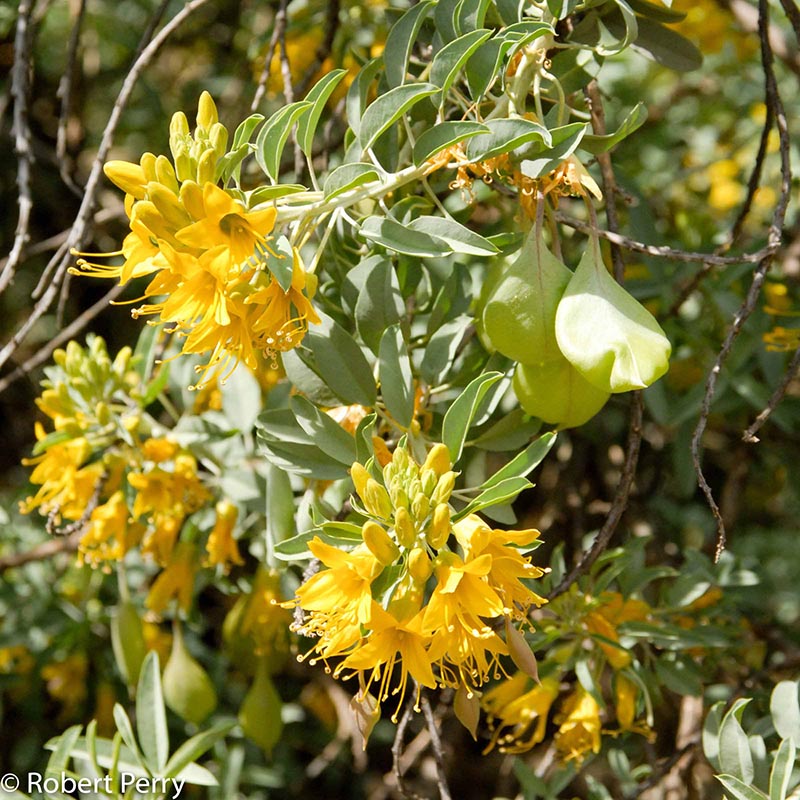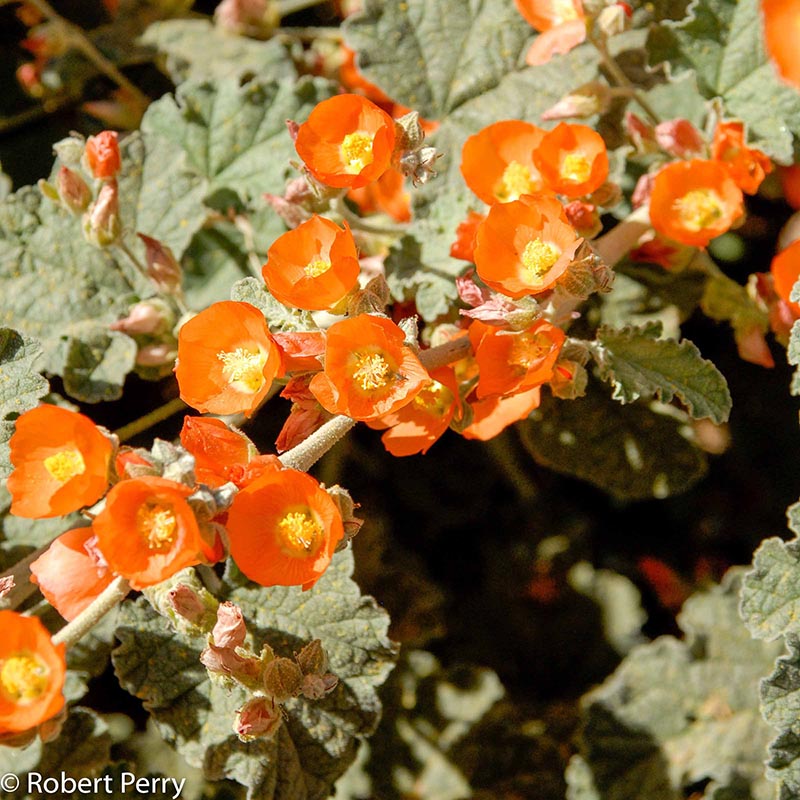Why Consider Gardening For Pollinators In Your Landscape?
Our native bees are different from honeybees. They are better pollinators, almost never sting, and are suffering from habitat loss. Providing flowers with pollen and nectar in every season means that you’ll have color year-round in your garden as well.
Native pollinators also include a variety of beneficial flies, wasps, and beetles. Although they might not sound appealing to have in your garden, these species are different from the flies, wasps, and beetles people normally think about. They are rarely noticed unless you are looking into flowers, but they help significantly with pollination and help control a variety of pest insects, such as aphids, in gardens by eating them.
HOMES FOR POLLINATORS
Leave Room andProvide Materials forTunnels and Nests
Many native bee species dig tunnels in which to lay their eggs. Leave some areas of your garden un-mulched so they have access to bare soil. Bumblebees create nests in small cavities that you can construct with small piles of rocks or logs. Logs, old branches, and hollow twigs from plant prunings become homes to mason and leafcutter bees, so if you are not in a wildfire danger area, find ways to artfully leave some of these around your yard to provide for their needs.
Many common pesticides kill the beneficial pollinators as well as their intended targets, and they are not needed to keep waterwise gardens thriving. Go no-spray to keep your yard and all its inhabitants healthy.

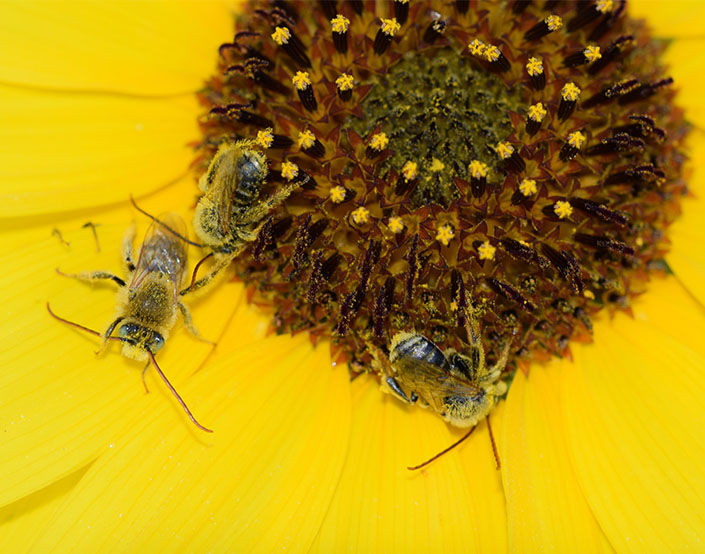
FOOD FOR POLLINATORS
Sustenance in Every Season
Maximize the value of your garden to pollinators by providing pollen and nectar in every season. Your garden does not have to be a “pollinator-only garden.” By using highly productive pollinator plants, you can provide for the pollinators’ needs while incorporating any other landscaping ideas.
Explore our favorite pollinator plant pics below.
Pollinator Gardening Highlights
